
Alcoholic liver disease is caused by excessive ingestion of alcohol. The disease occurs in extremely heavy drinkers, and people suffering from alcoholism or alcohol dependence. This disease is very serious, and it may result in a lasting damage and scarring of the liver. Therefore, the liver’s ability to function properly is compromised and the body may fail to fight infection, stop bleeding, clear the blood of toxins, store energy, produce healthy blood cells, digest food and remove waste. Alcoholic liver disease is the major cause of liver diseases in the Western world. In undeveloped countries, the major cause of liver disease is viral hepatitis.
Causes of alcoholic liver disease
Normally, when a person drinks alcohol, the liquor goes into the stomach and the intestines. This is where the alcohol enters the bloodstream, and travels through the liver before continuing to circulate around the body. This actually means that liver gets the highest concentration of alcohol. Liver also produces enzymes, which assist in processing alcohol. These enzymes break down alcohol into simpler chemicals and then into water and carbon dioxide. In this form, alcohol is passed out in the urine and through the lungs. However, if a person drinks alcohol faster than the liver can process it, the level of alcohol in the bloodstream rises and the liver suffers damage.
Types of alcoholic liver disease and their symptoms
There are three different types of liver conditions associated with excessive alcohol intake: fatty liver, alcoholic cirrhosis of the liver and alcoholic hepatitis.
Fatty liver occurs as a result of fatty build-up, which occurs in the liver cells. Fatty liver is not a serious condition, and it usually has no symptoms. The disease will usually go away on its own, once when patient changes the dietary and drinking habits. Only if a person continues drinking, the fatty liver disease may progress to hepatitis.
Alcoholic cirrhosis is a scarring of the liver tissue in response to the damage that occurs repeatedly over many years. The scarring occurs during the process in which liver tries to repair itself. Cirrhosis usually has no signs and symptoms until the late phase. When the symptoms occur, they include fatigue, easy bleeding and bruising, fluid accumulation in the abdomen, loss of appetite, nausea, swelling in the legs and weight loss.
Alcoholic hepatitis is an inflammation of the liver. The inflammation can be very mild or extremely severe. In mild cases, patients may not feel any symptoms. However, the blood test may reveal elevated levels of liver enzymes. In a severe cases patients may feel nausea, pain in the upper right quadrant of the abdomen and may develop jaundice, or yellowing of the skin and eye whites. In most severe cases, liver may fail and cause blood clotting problems, confusion, coma and bleeding into the guts. This may be a fatal condition.





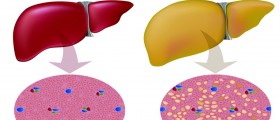
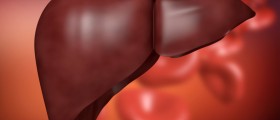
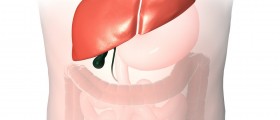


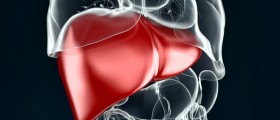


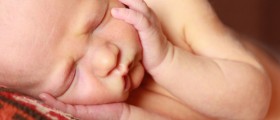

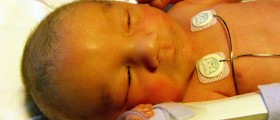
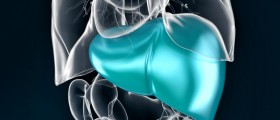
Your thoughts on this
Loading...